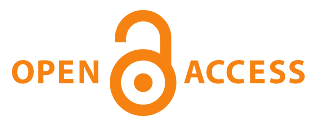LEARNING RESOURCES DIGITALIZATION FOR ELEMENTARYELEMENTARY SCHOOL STUDENTS
DOI:
https://doi.org/10.56442/ijble.v4i1.110Keywords:
digitalization, learning resourcesAbstract
This study aims to determine the effect of using gadgets and theparental consent to the digitalization of learning resources for elementary school students. The research method uses the associative quantitative approach which aims to determine the relationship between two or more variables. The research sample was 10478 respondents from superior accredited elementary schools in Jakarta, Bogor, Depok, Tangerang and Bekasi. The research was conducted from October to November 2022. The data are collected by the means of questionnaires, and analyzed with covariance-based Structure Equation Modeling (CB-SEM). Model evaluation is carried out through two stages of testing, namely testing the measurement model with Confirmatory Factor Analysis (CFA) and testing the overall fit of the model with Absolute Fit Indices, Incremental Fit Indices, and Persimonious Fit Indices. Both tests produce acceptable values when compared to reference values. Thus the overall SEM model fits the sample data. Testing the structural model shows that the use of gadgets has a direct effect, while the parental consent has an indirect effect through the use of gadgets on the digitalization of learning resources for elementary school students.
Downloads
Published
How to Cite
Issue
Section
License

This work is licensed under a Creative Commons Attribution-NonCommercial-ShareAlike 4.0 International License.







